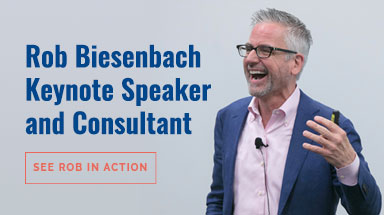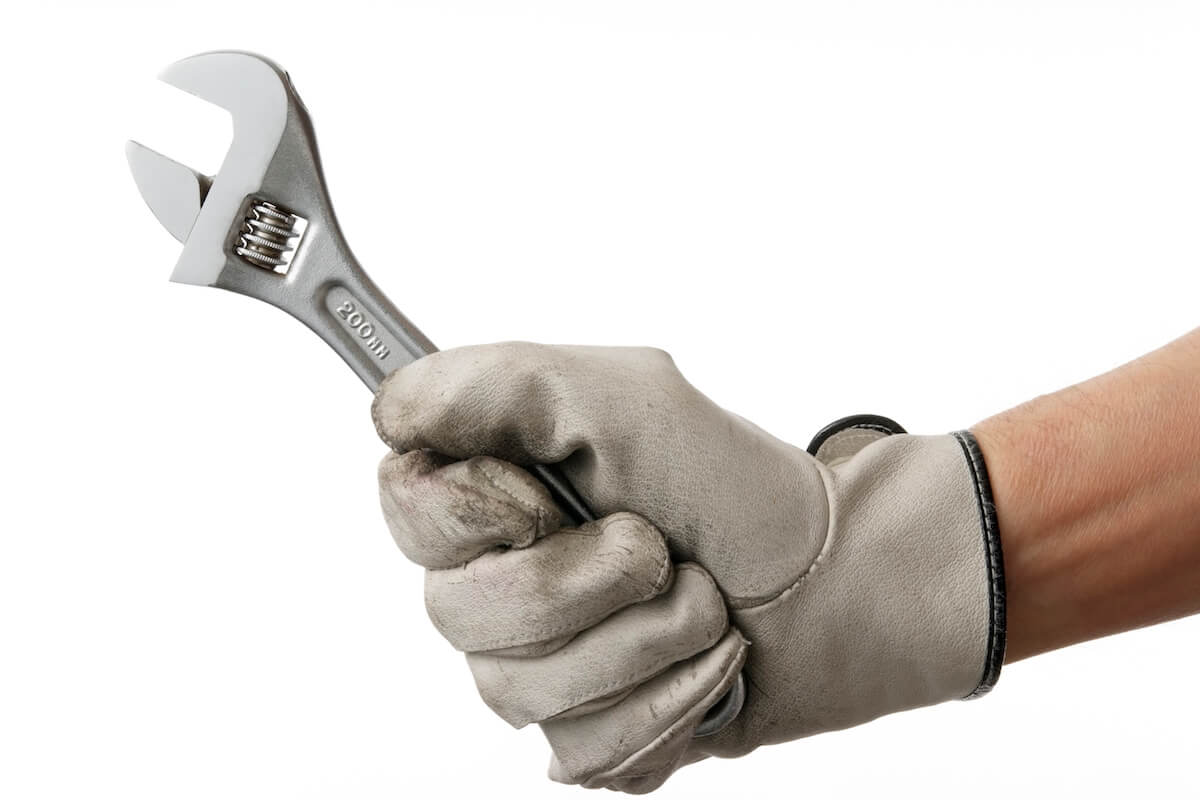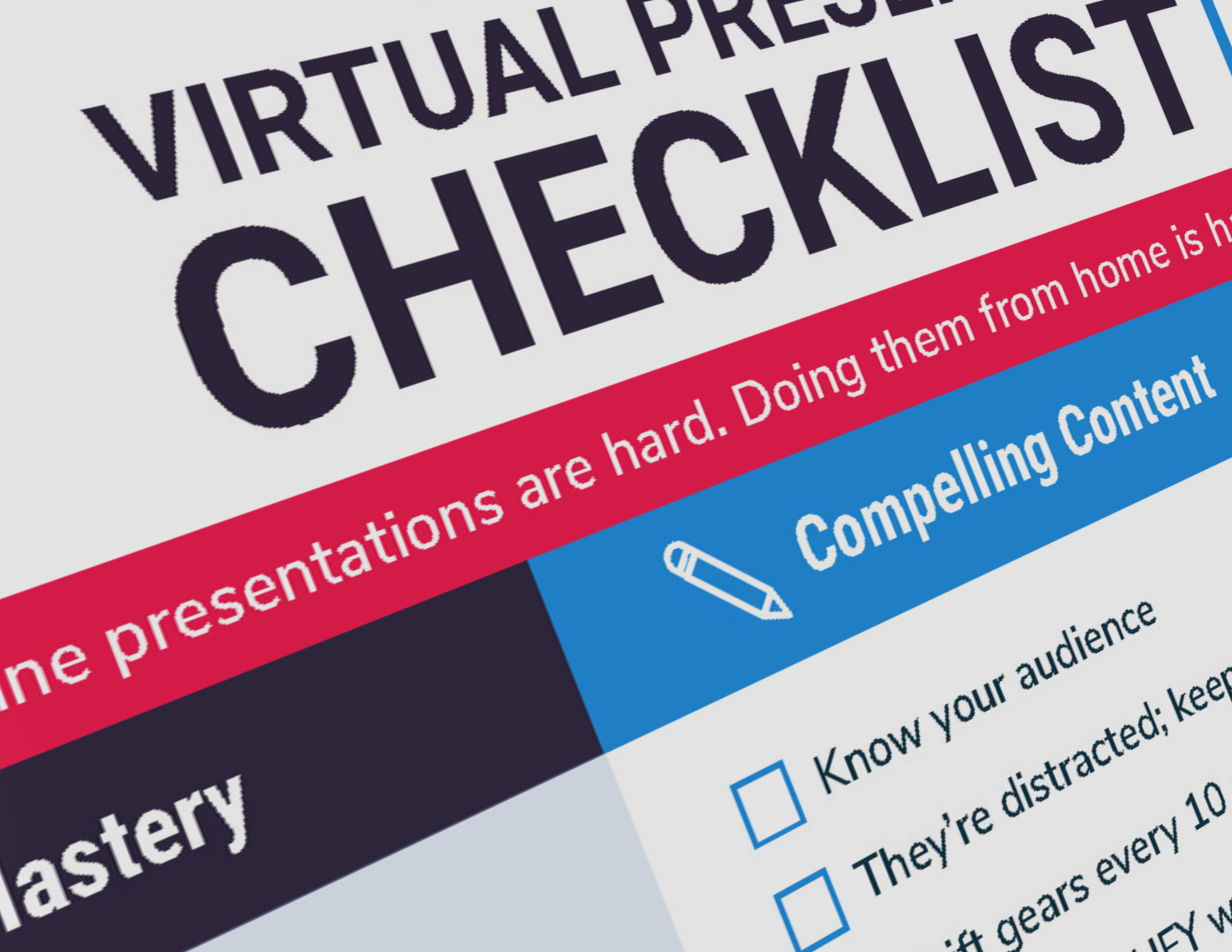 One of the worst things you can do as a speaker is to avoid eye contact with your audience. It’s not just disrespectful, it’s actually detrimental to your ability to get your point across.
One of the worst things you can do as a speaker is to avoid eye contact with your audience. It’s not just disrespectful, it’s actually detrimental to your ability to get your point across.
If you do any amount of public speaking, whether presenting around a conference room table or addressing a group of hundreds, you’re going to have to learn to look your audience members in the eye.
It may feel awkward, but it’s essential to the success of your presentation. Avoiding eye contact makes you look nervous or aloof and prevents you from making a genuine connection with your audience. And that’s the whole reason you’re giving a presentation anyway, as opposed to sending a memo or email.
Watch This Two-Minute Video
Here’s my quick two-minute take on why eye contact is so important, followed by some additional thoughts if you prefer to read instead of watch.
Eye Contact Cheaters
Somewhere out there some charlatan has taught people who are afraid to make eye contact to just focus on some point in the distance or on the back wall. It is SO obvious when speakers do this — especially to the people in the back row!
So don’t cheat. No matter how weird it feels, force yourself to look them in the eye.
How to Do Eye Contact
Most experts recommend you scan the room, side-to-side, front-to-back, pausing on each person for a few seconds at a time. Don’t stay with any one person too long, or it starts to gets weird. But you don’t want to flit about, either. It makes you look shifty.
I don’t have the magic formula for the exact number of seconds you should linger on each person. If you’re interested, there are plenty of sources for that information.
To me the important thing is to stay long enough to make a connection, then move on. Whether that’s three seconds or five seconds will depend on each interaction. (I personally think it’s easier to focus simply on making that connection than on standing there counting your Mississippis.)
Why Eye Contact is So Important
Beyond basic respect, here’s why eye contact is so critical. If you’re not looking your audience in the eye, how do you know how you’re doing?
I treasure the connections I make with audience members. Their positive expressions and body language help feed my energy.
On the other hand, if it’s clear I’m starting to lose them, I can make adjustments on the fly — skipping to a different part of the presentation, asking a question, doing an exercise.
So do yourself and your audience a favor: look them in the eye. They deserve it!
Photo Credit: Steve Wilson via Compfight cc




